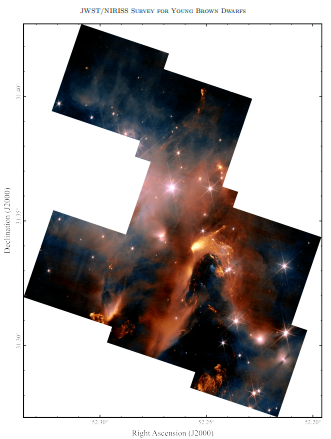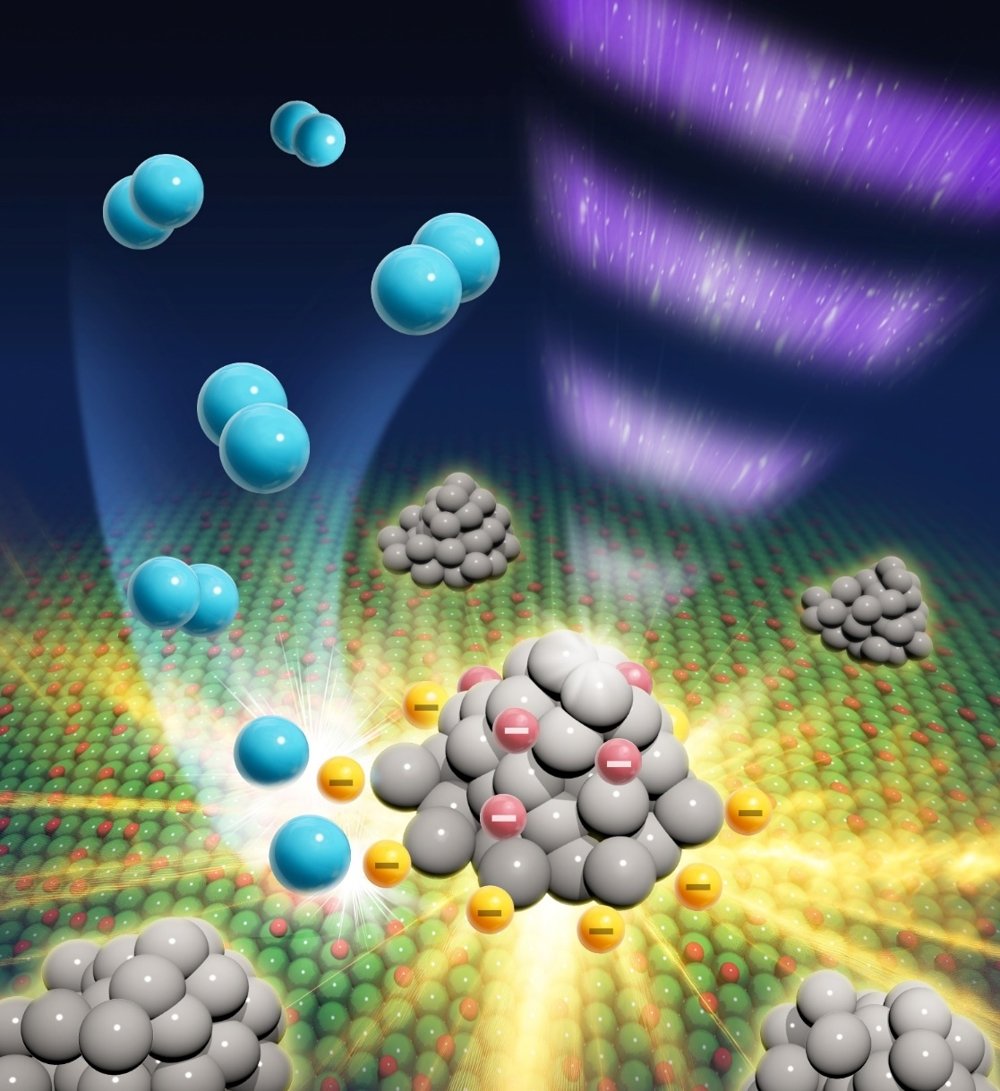20024-08-28 米国国立標準技術研究所(NIST)
<関連情報>
- https://www.nist.gov/news-events/news/2024/08/tiny-new-lasers-fill-long-standing-gap-rainbow-visible-light-colors-opening
- https://www.nature.com/articles/s41377-024-01534-x
オンチップKerr光パラメトリック発振を、緑のギャップをカバーするコヒーレント・アプリケーションに向けて前進させる Advancing on-chip Kerr optical parametric oscillation towards coherent applications covering the green gap
Yi Sun,Jordan Stone,Xiyuan Lu,Feng Zhou,Junyeob Song,Zhimin Shi & Kartik Srinivasan
Light: Science and Applications Published:21 August 2024
DOI:https://doi.org/10.1038/s41377-024-01534-x

Abstract
Optical parametric oscillation (OPO) in Kerr microresonators can efficiently transfer near-infrared laser light into the visible spectrum. To date, however, chromatic dispersion has mostly limited output wavelengths to >560 nm, and robust access to the whole green light spectrum has not been demonstrated. In fact, wavelengths between 532 nm and 633 nm, commonly referred to as the “green gap”, are especially challenging to produce with conventional laser gain. Hence, there is motivation to extend the Kerr OPO wavelength range and develop reliable device designs. Here, we experimentally show how to robustly access the entire green gap with Kerr OPO in silicon nitride microrings pumped near 780 nm. Our microring geometries are optimized for green-gap emission; in particular, we introduce a dispersion engineering technique, based on partially undercutting the microring, which not only expands wavelength access but also proves robust to variations in resonator dimensions. Using just four devices, we generate >150 wavelengths evenly distributed throughout the green gap, as predicted by our dispersion simulations. Moreover, we establish the usefulness of Kerr OPO to coherent applications by demonstrating continuous frequency tuning (>50 GHz) and narrow optical linewidths (<1 MHz). Our work represents an important step in the quest to bring nonlinear nanophotonics and its advantages to the visible spectrum.



